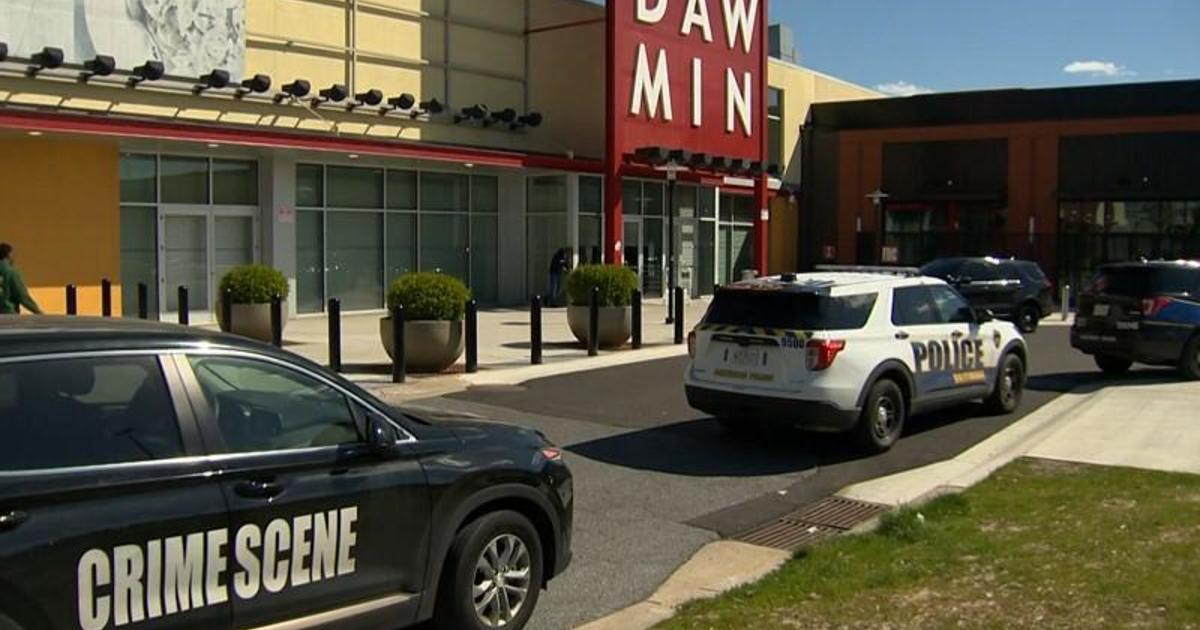Look To The Skies! One Of The Year's Best Meteor Showers Is Peaking
BALTIMORE (WJZ) -- If you like your fireworks from outer space, then now is the time to look up. We're at the peak of a meteor shower that arrives every August.
Alex DeMetrick reports behind the harmless display is a potential for mass extinction.
The year of 1992 was the last time Comet Swift-Tuttle was drawn toward the sun.
First recorded during the Civil War, it swings into the inner solar system every 133 years. Ice and debris boil off to form a tail.
And every August, Earth passes through what's left of that tail, generating the sparks and flashes of the Perseid meteor shower.
"The ones that are part of the meteor shower are dust size or a little larger, and the reason they show up in our atmosphere is that they are traveling very fast," said Jim O'Leary, Maryland Science Center.
The Internet is filled with images of the shower as it reaches its peak, 50-60 meteors an hour.
"It's friction, just like when you rub your hands together and they get warm. This thing hits the atmosphere, it ignites, it incinerates, and that's the streak of light we see in the sky," O'Leary said.
Nice city views won't provide any views of the meteors. They produce way too much light.
"Can't predict where they're going to be. You want to get a wide view of the sky as dark as possible," O'Leary said.
Comet Swift-Tuttle also generates worry. Its next approach in 2126 looked like it might hit the Earth or the moon.
That possibility's since been re-calculated to the year 4479. Given its size and speed, it would cause mass extinction, provided we're still here if it hits.
It's called the Perseid meteor shower because the flashes seem to come from the direction of the constellation Perseus.



